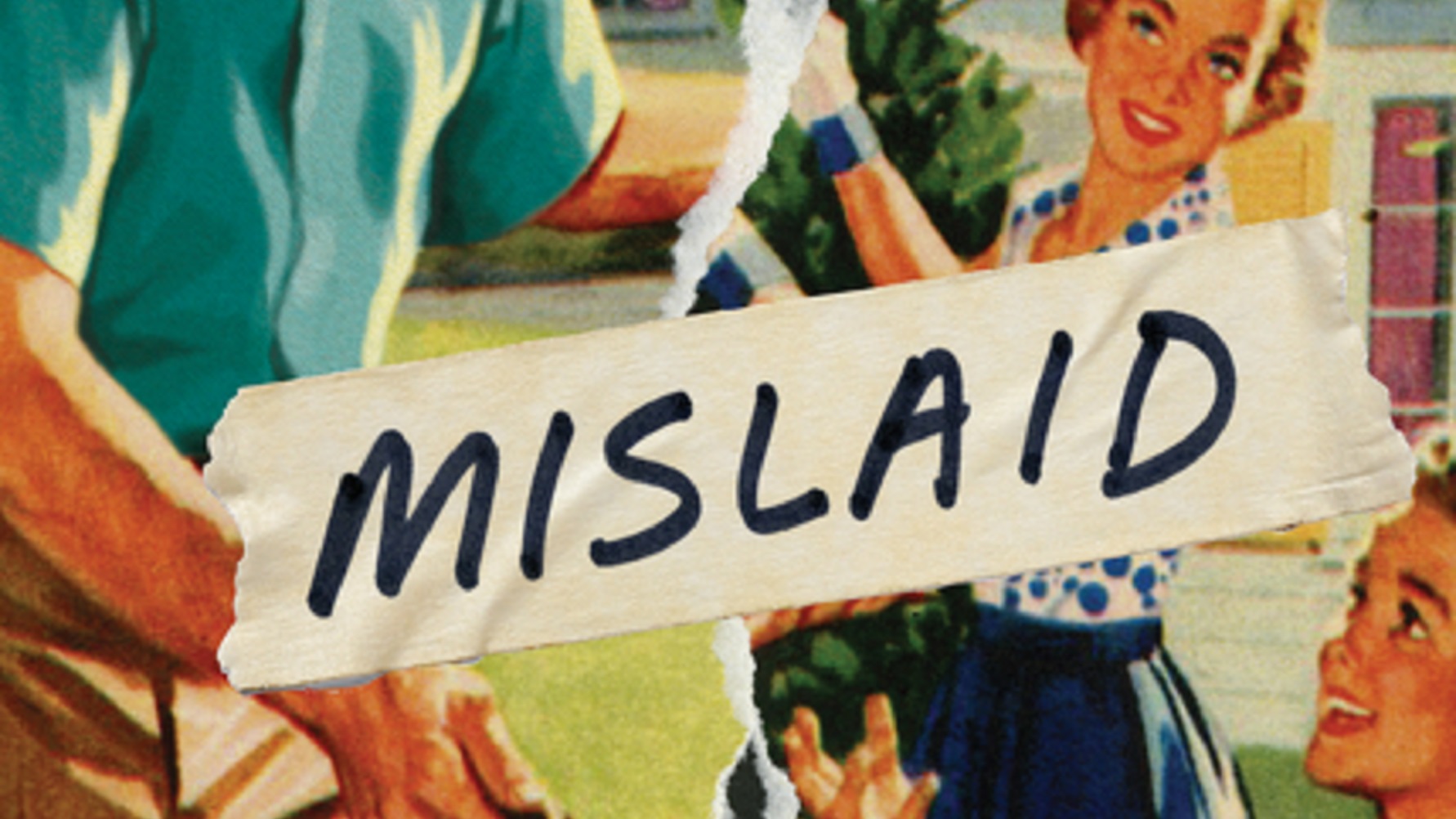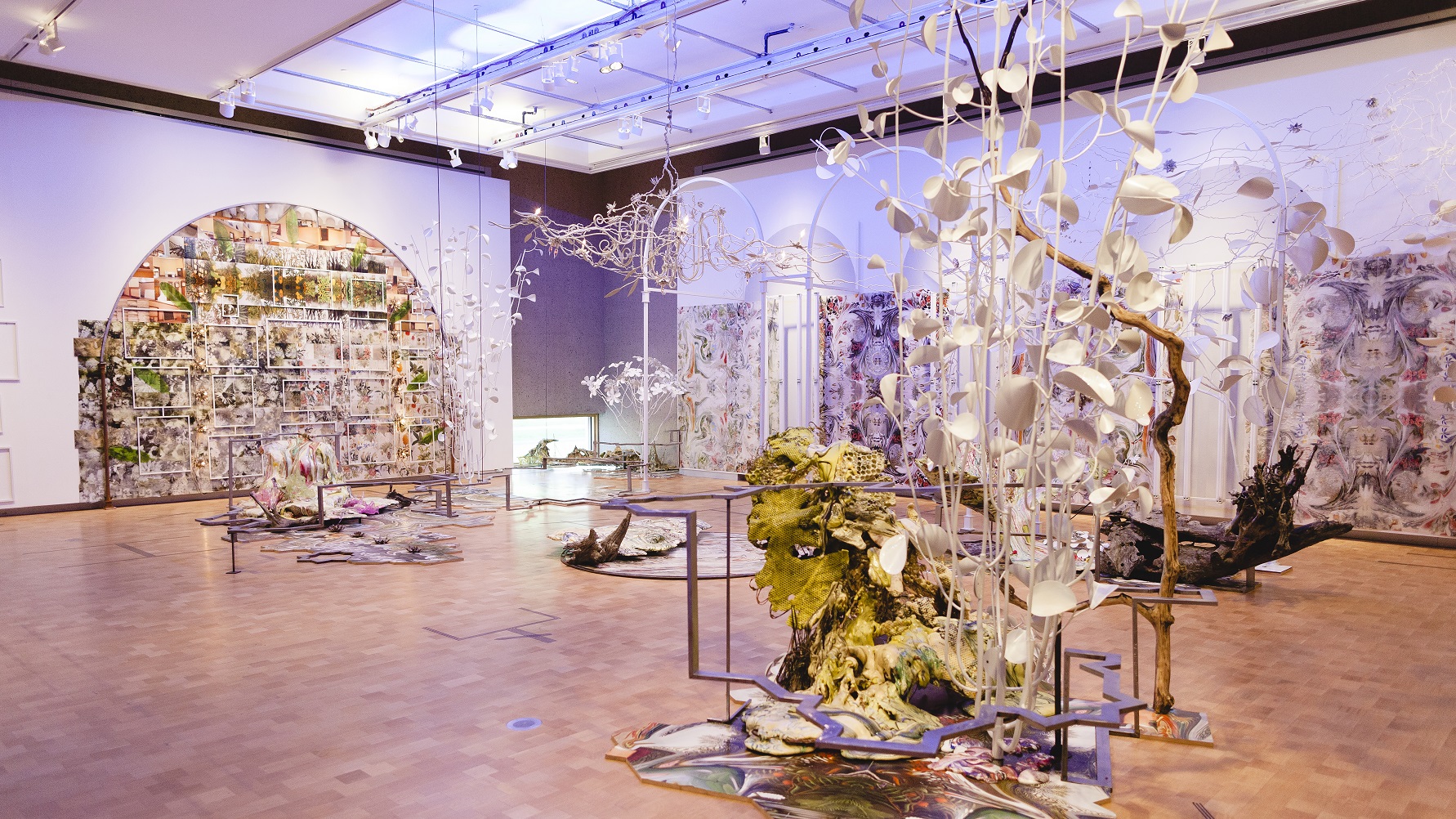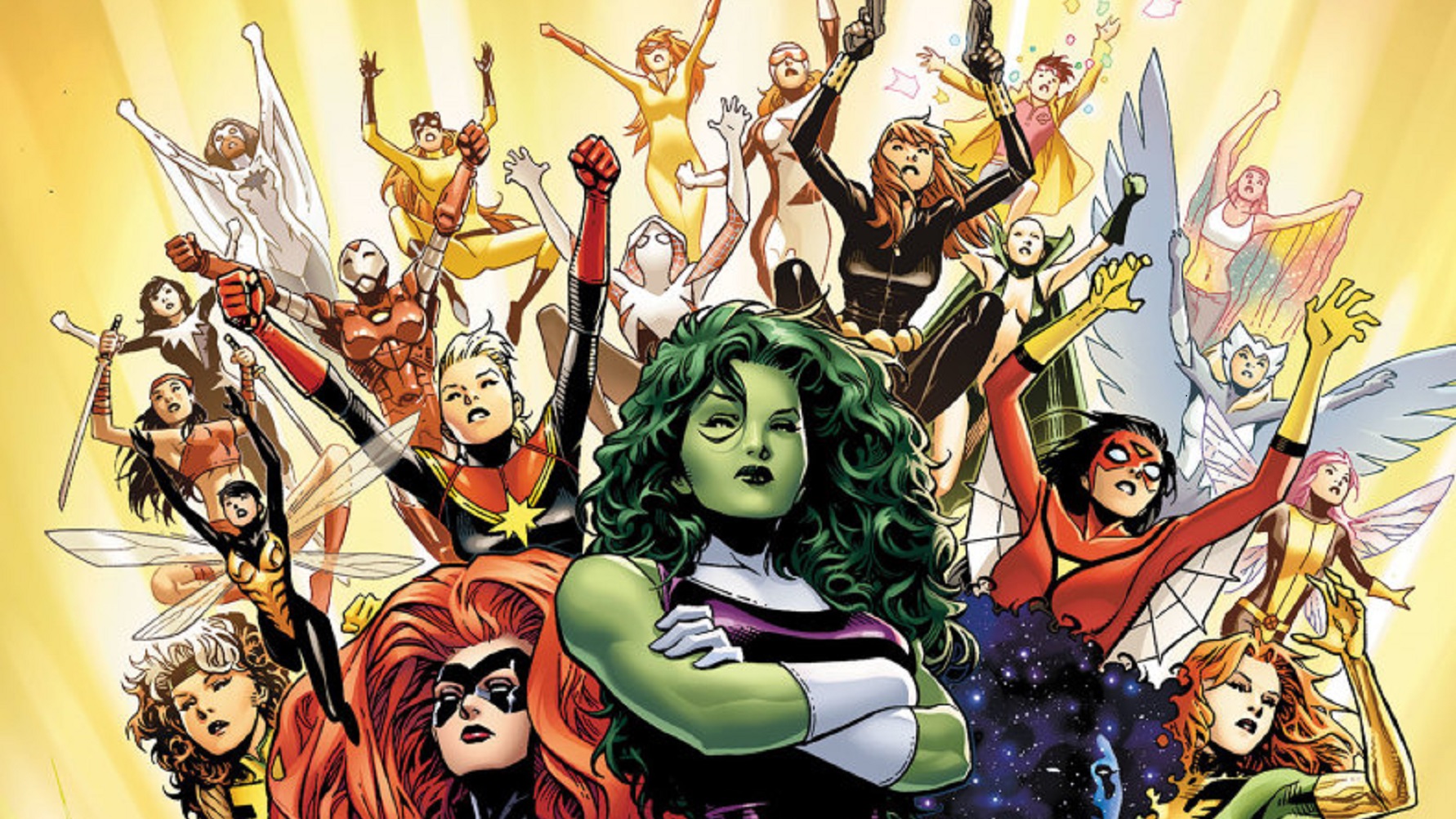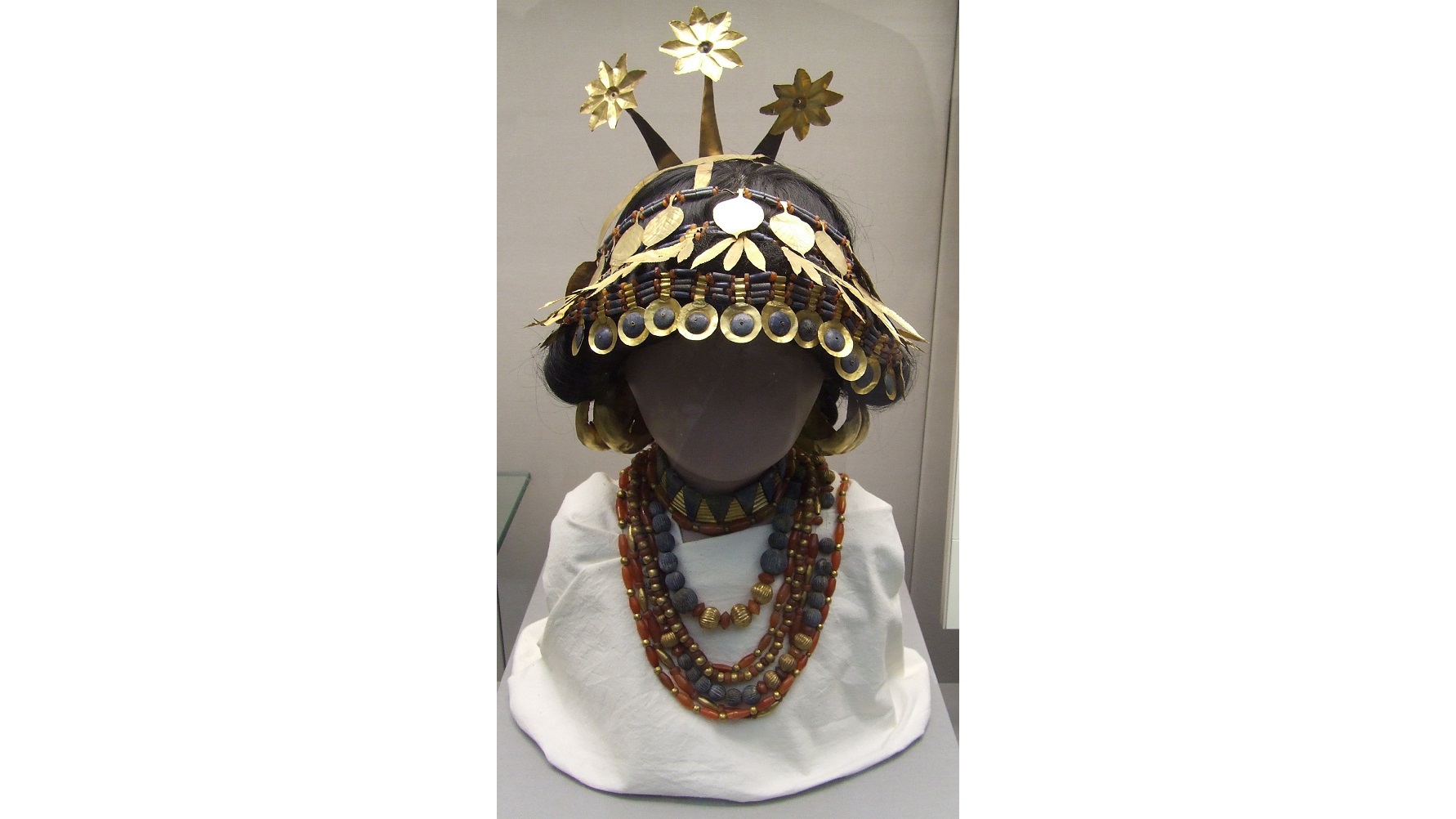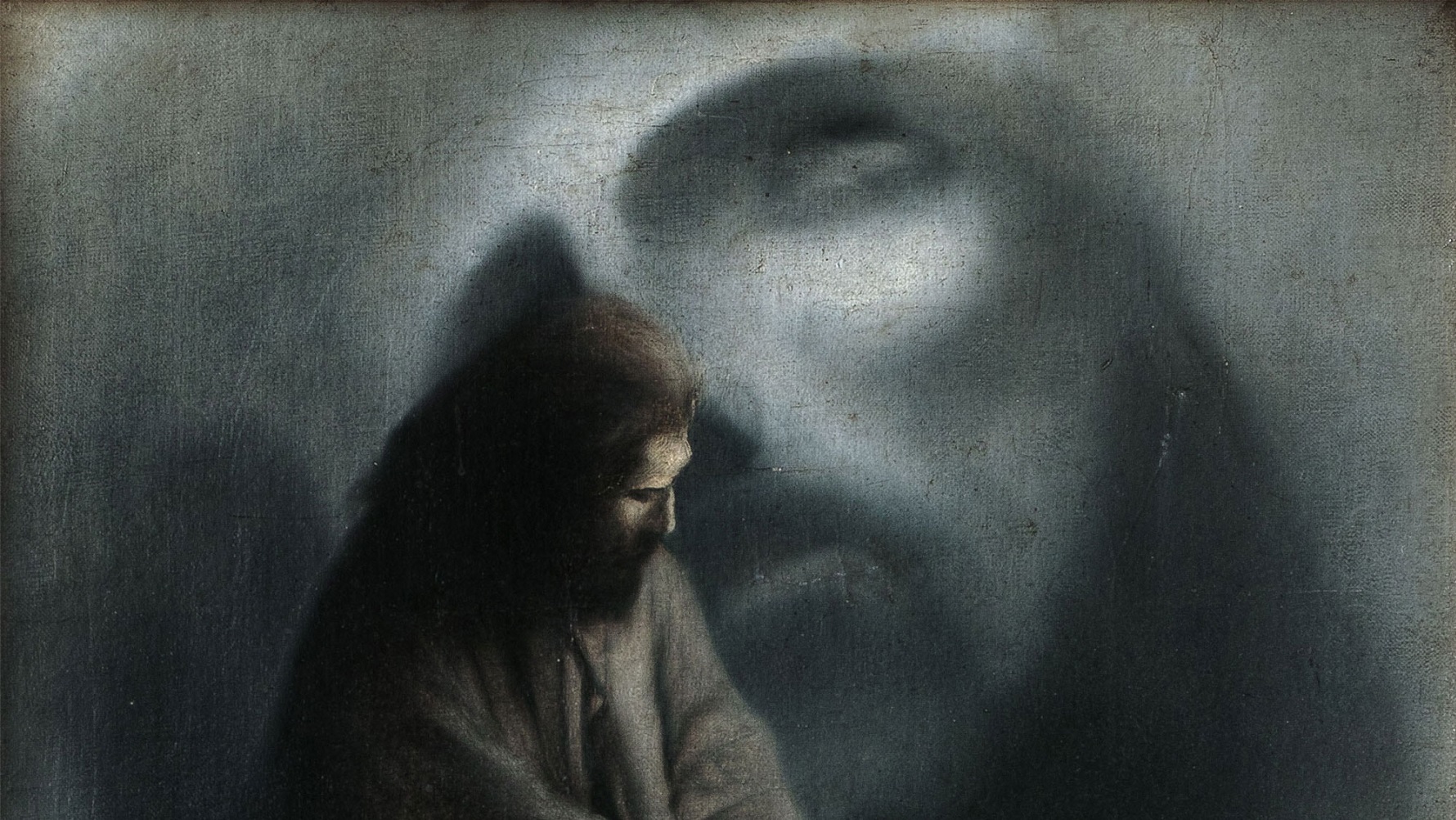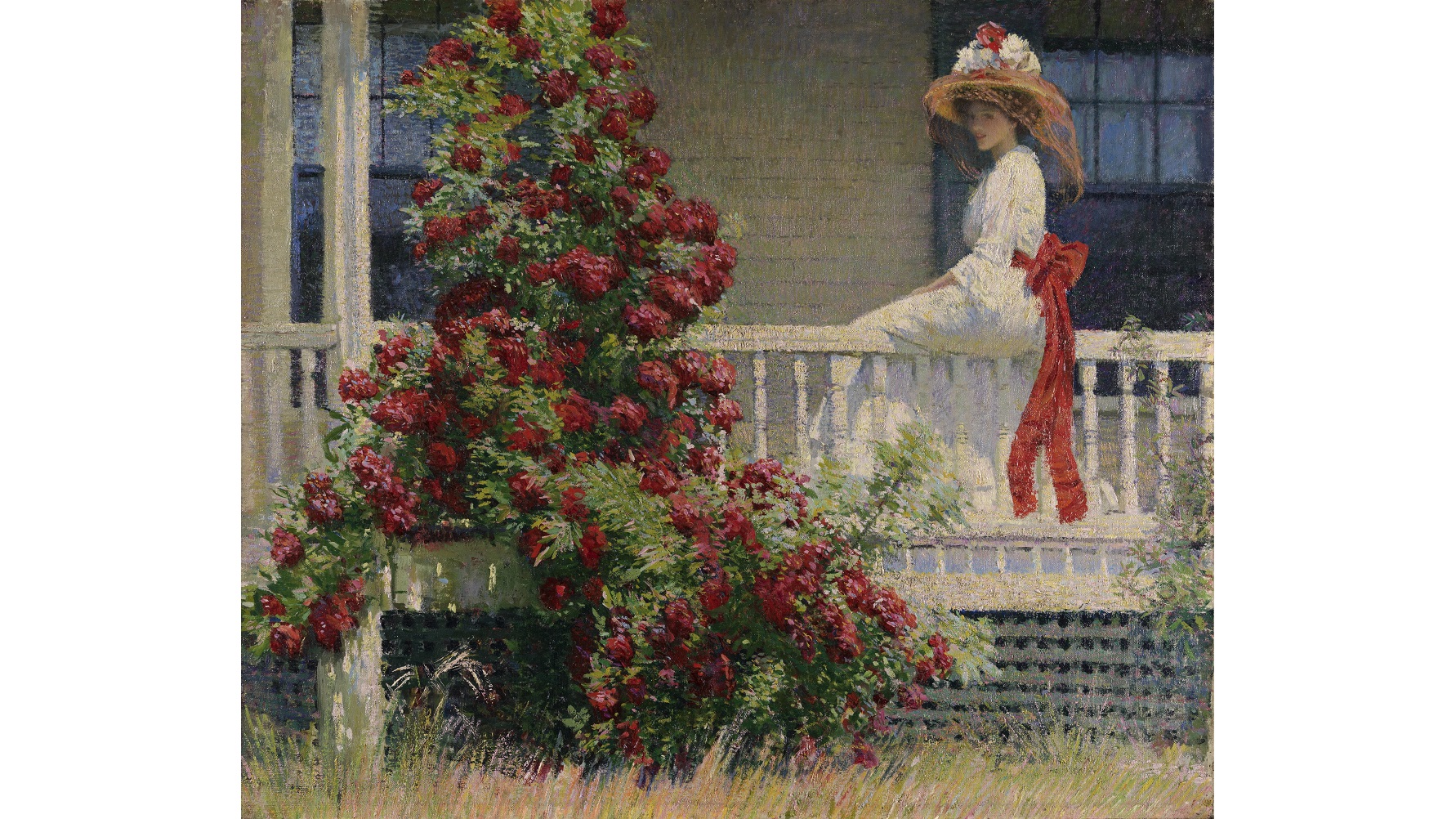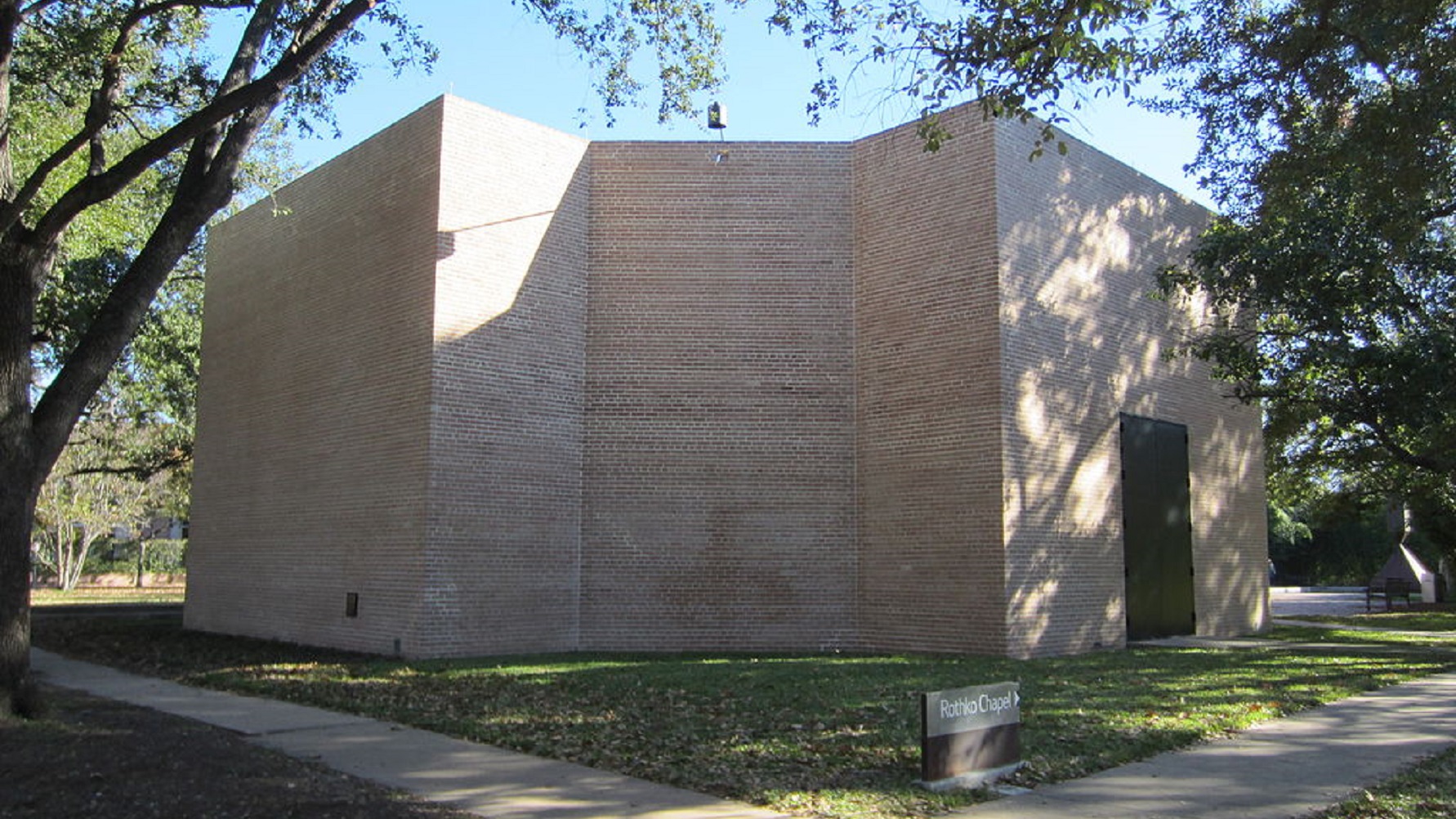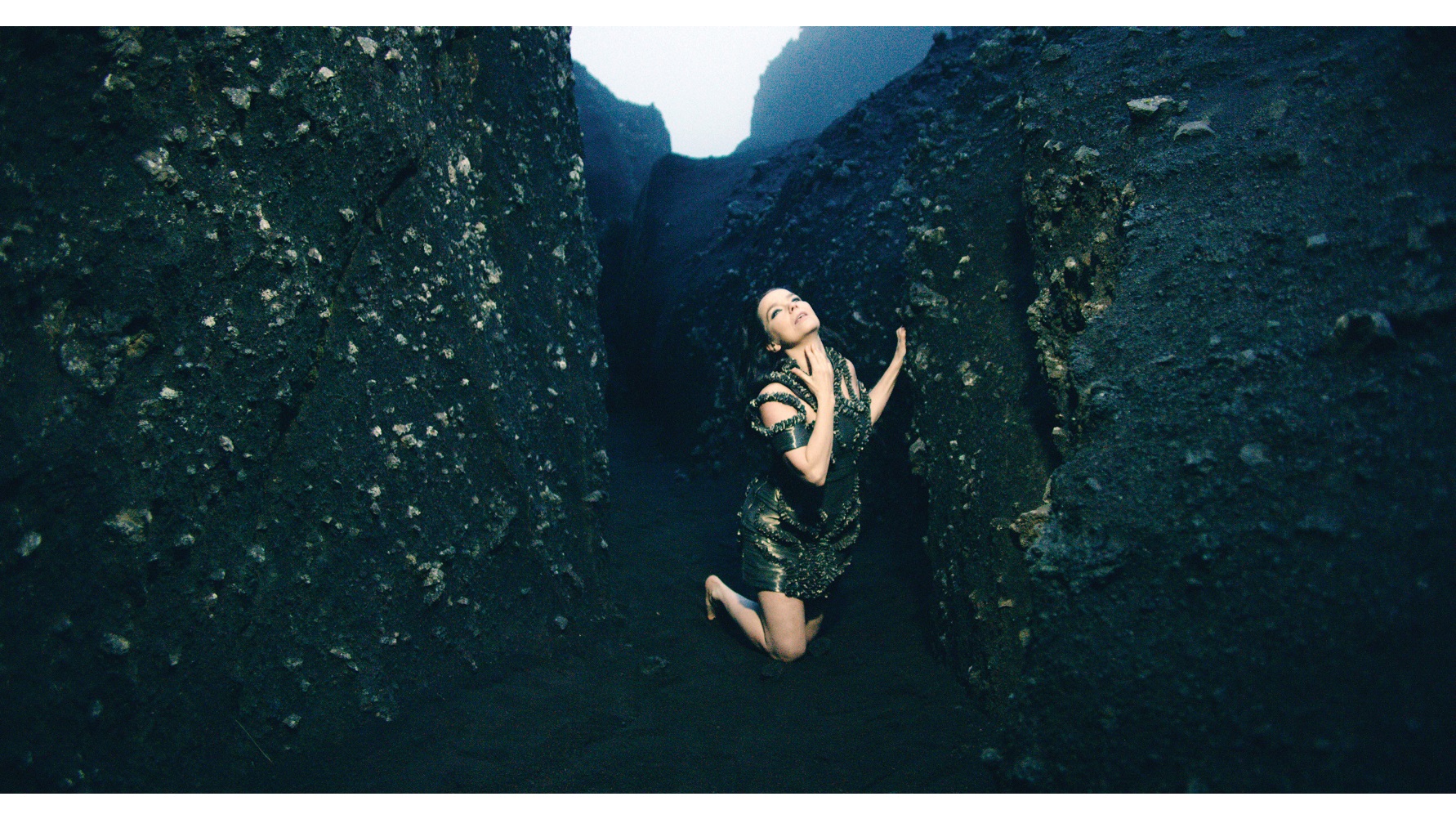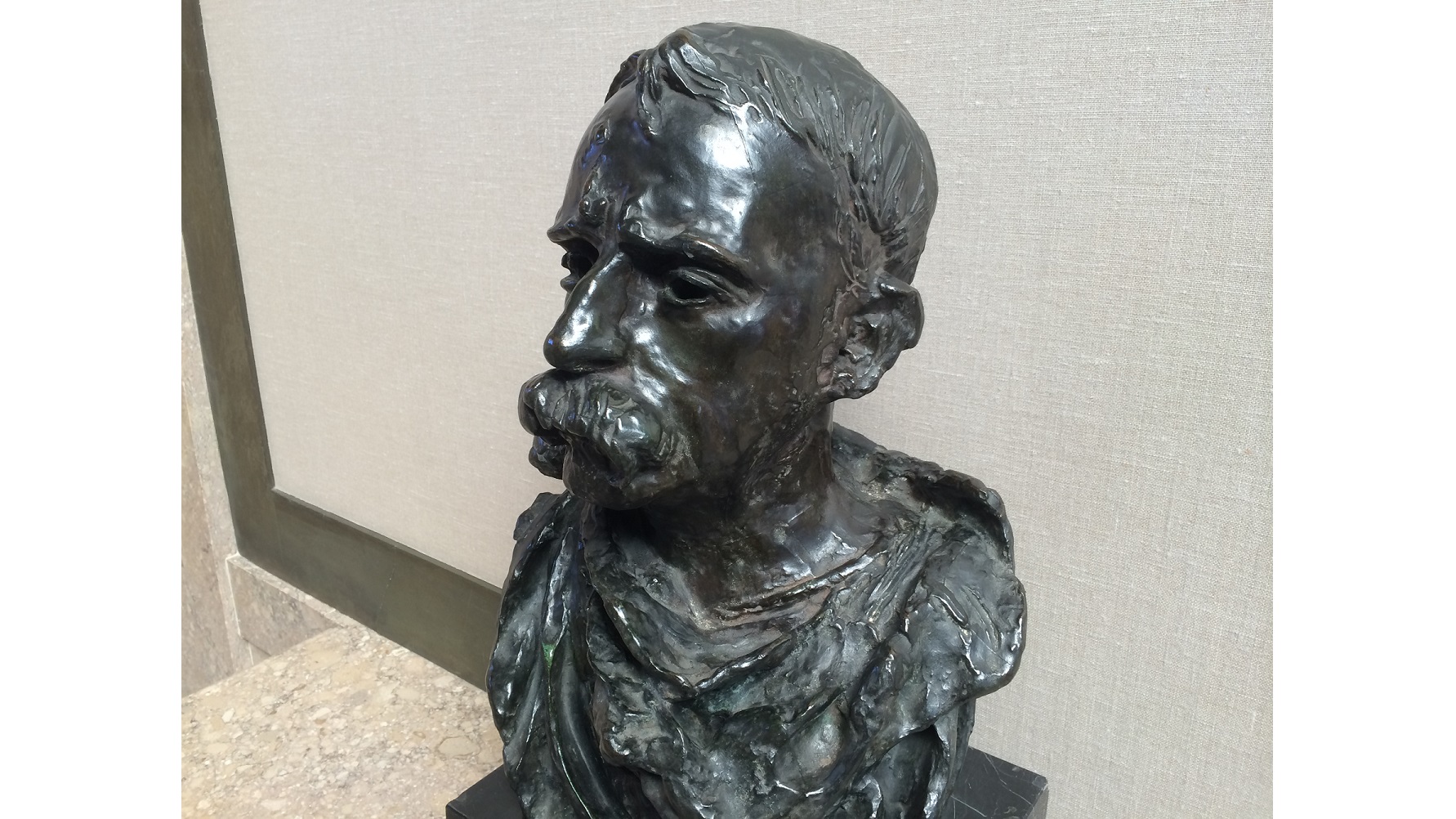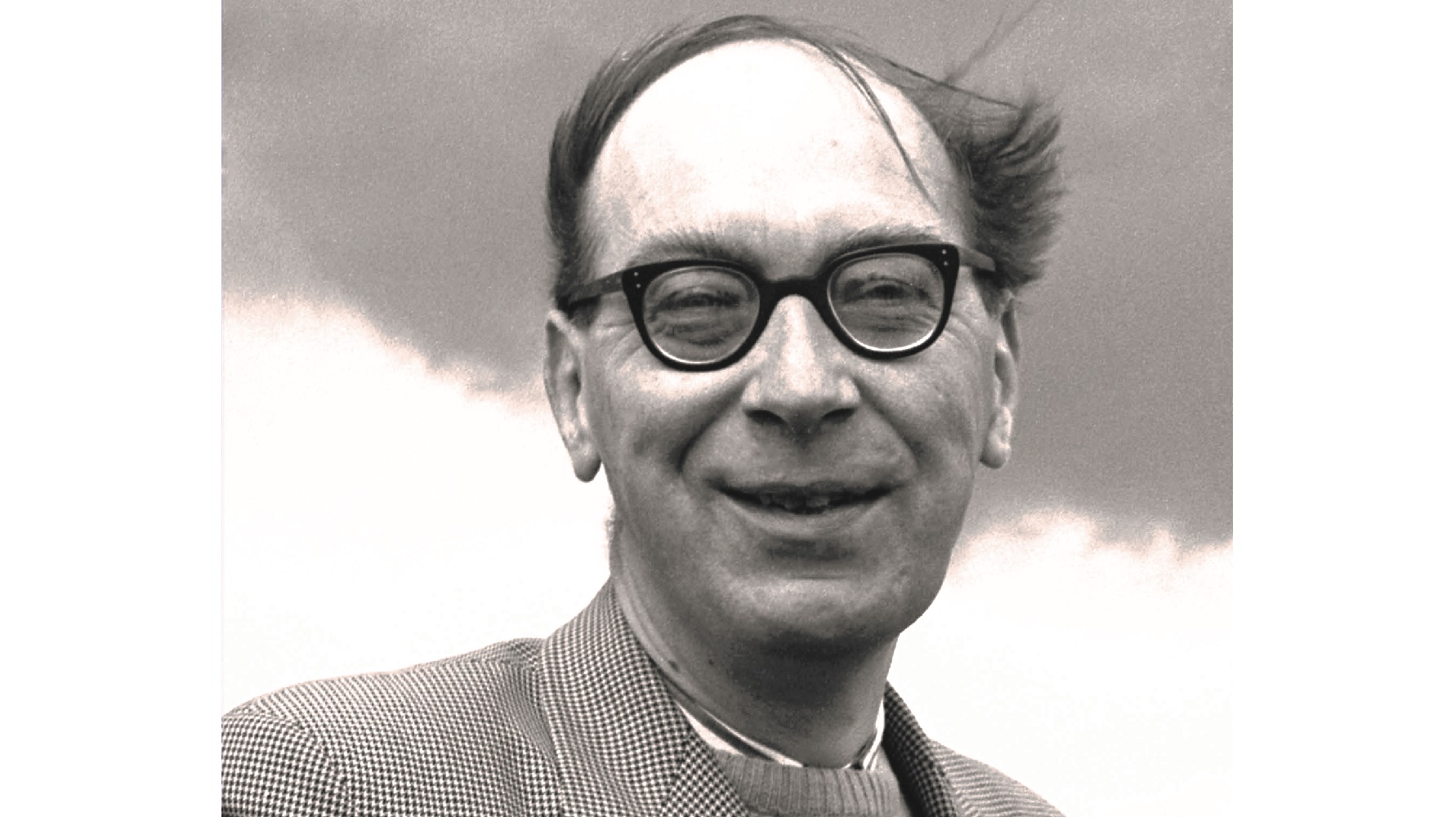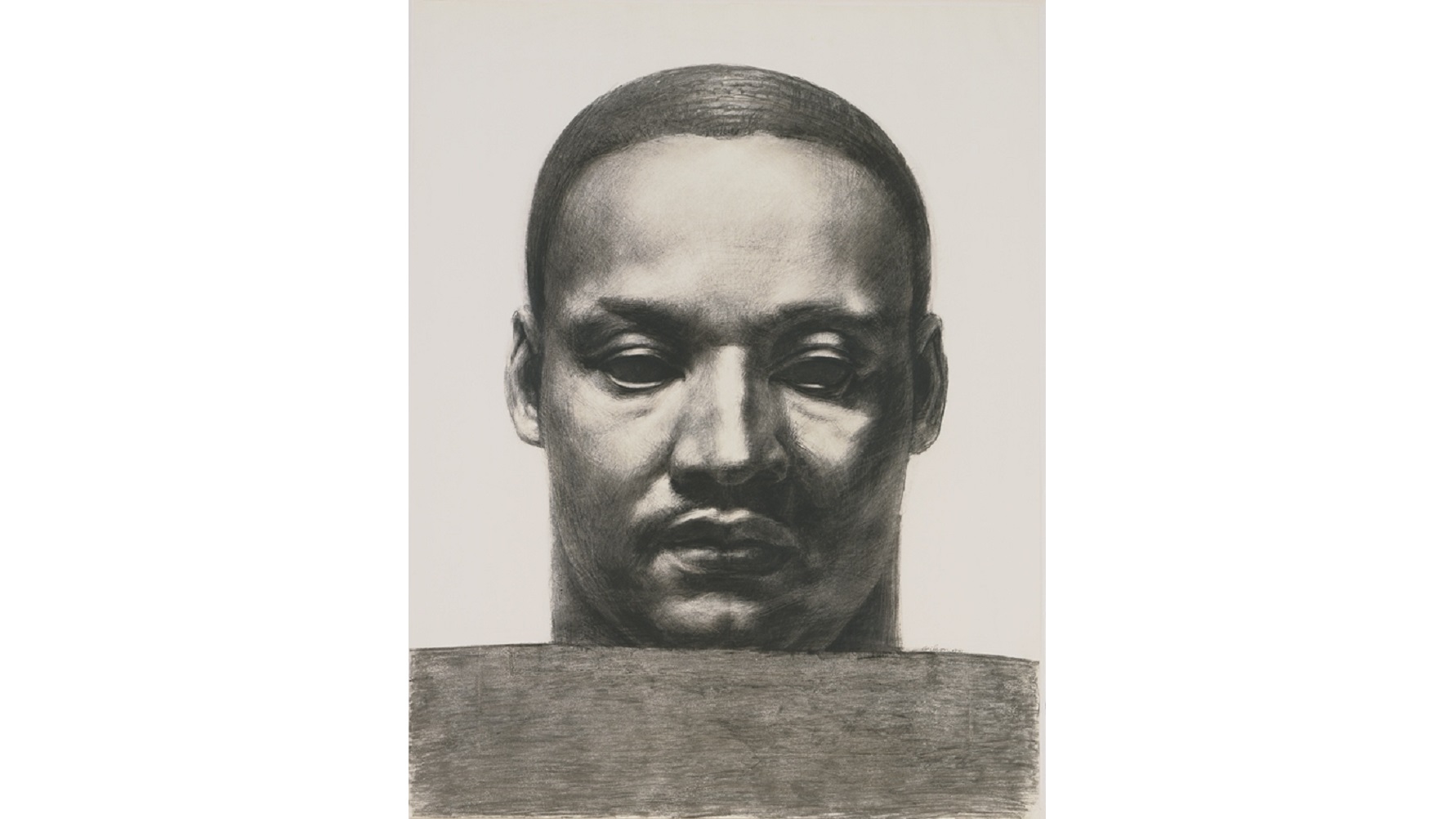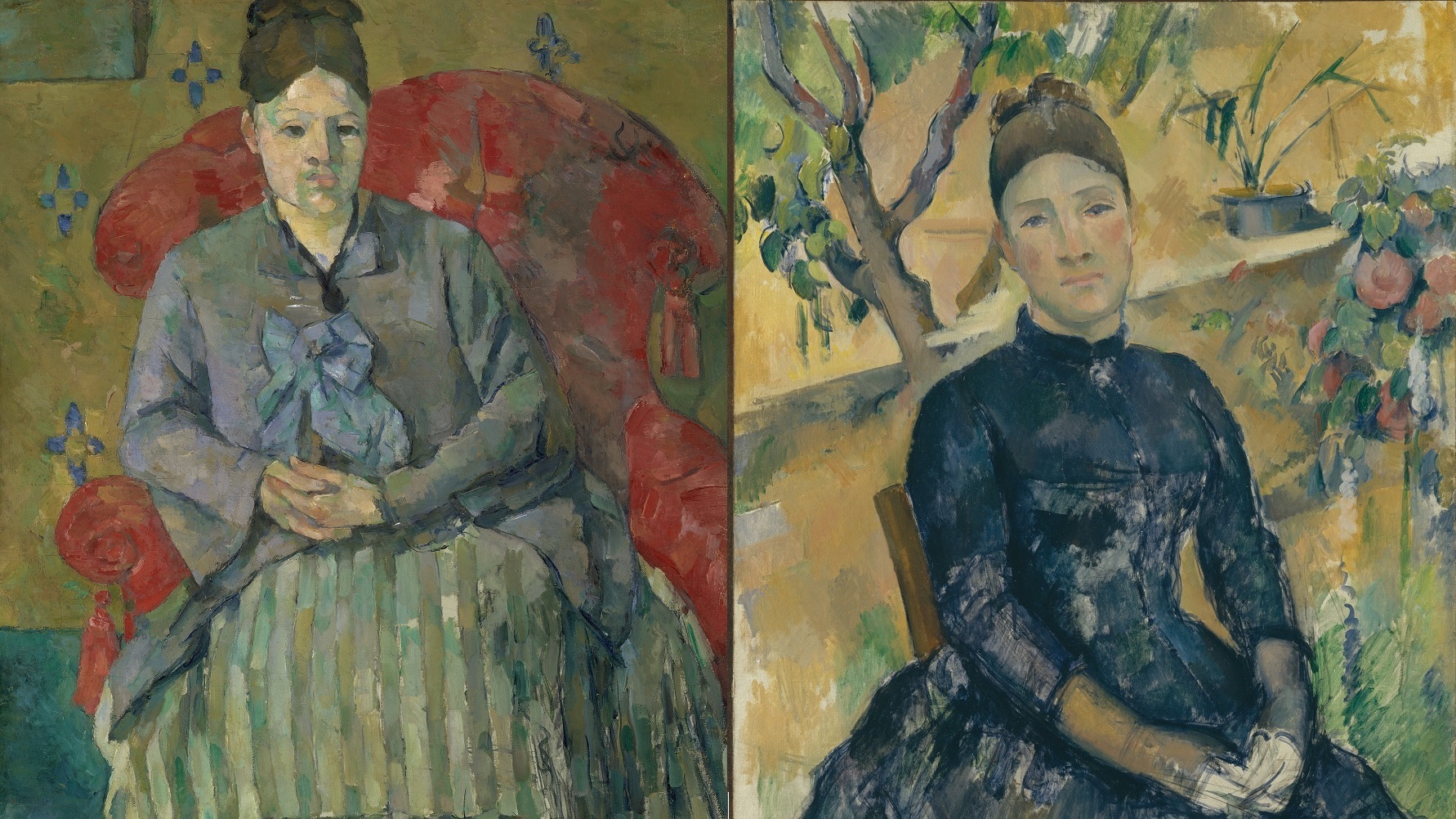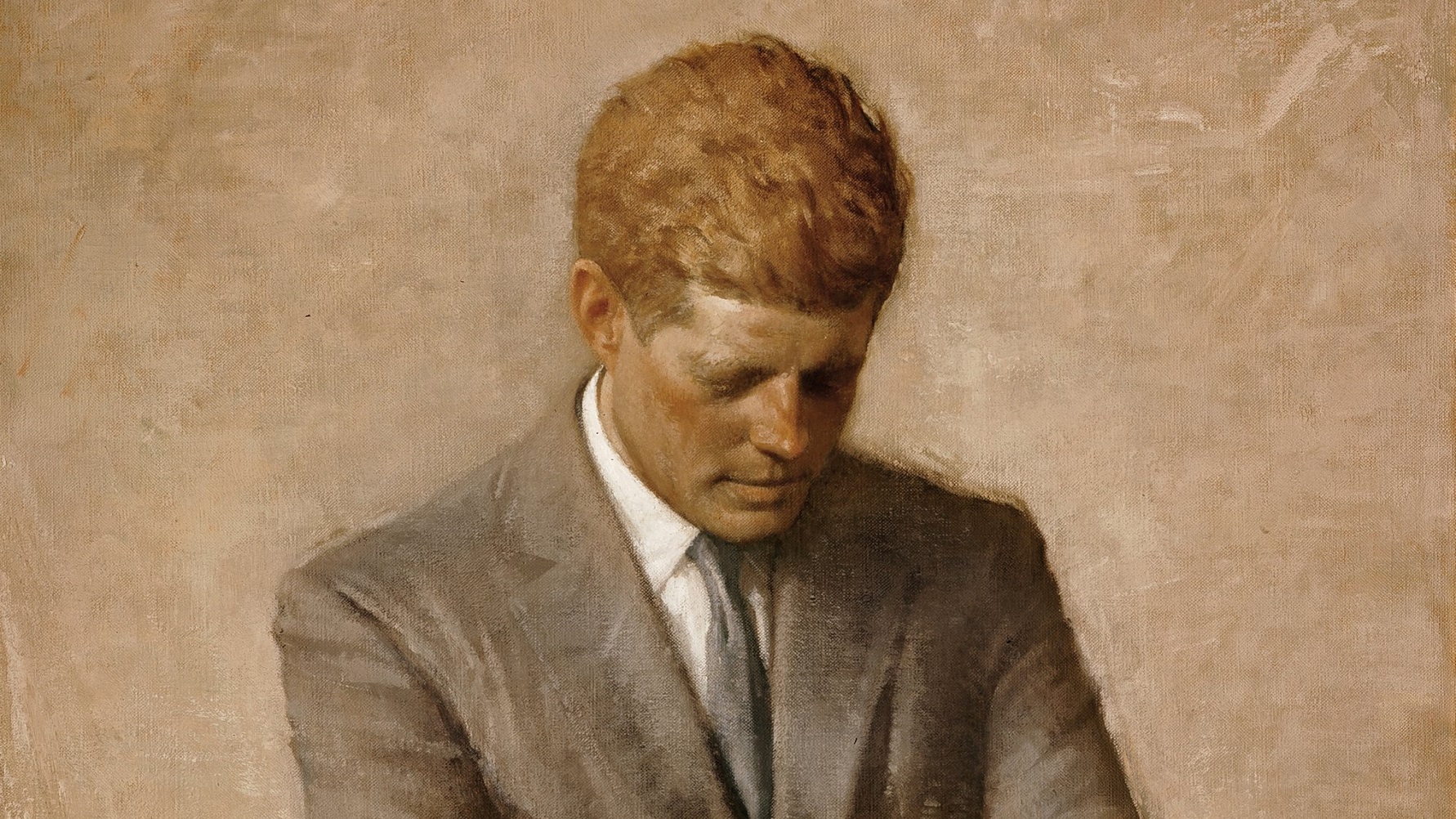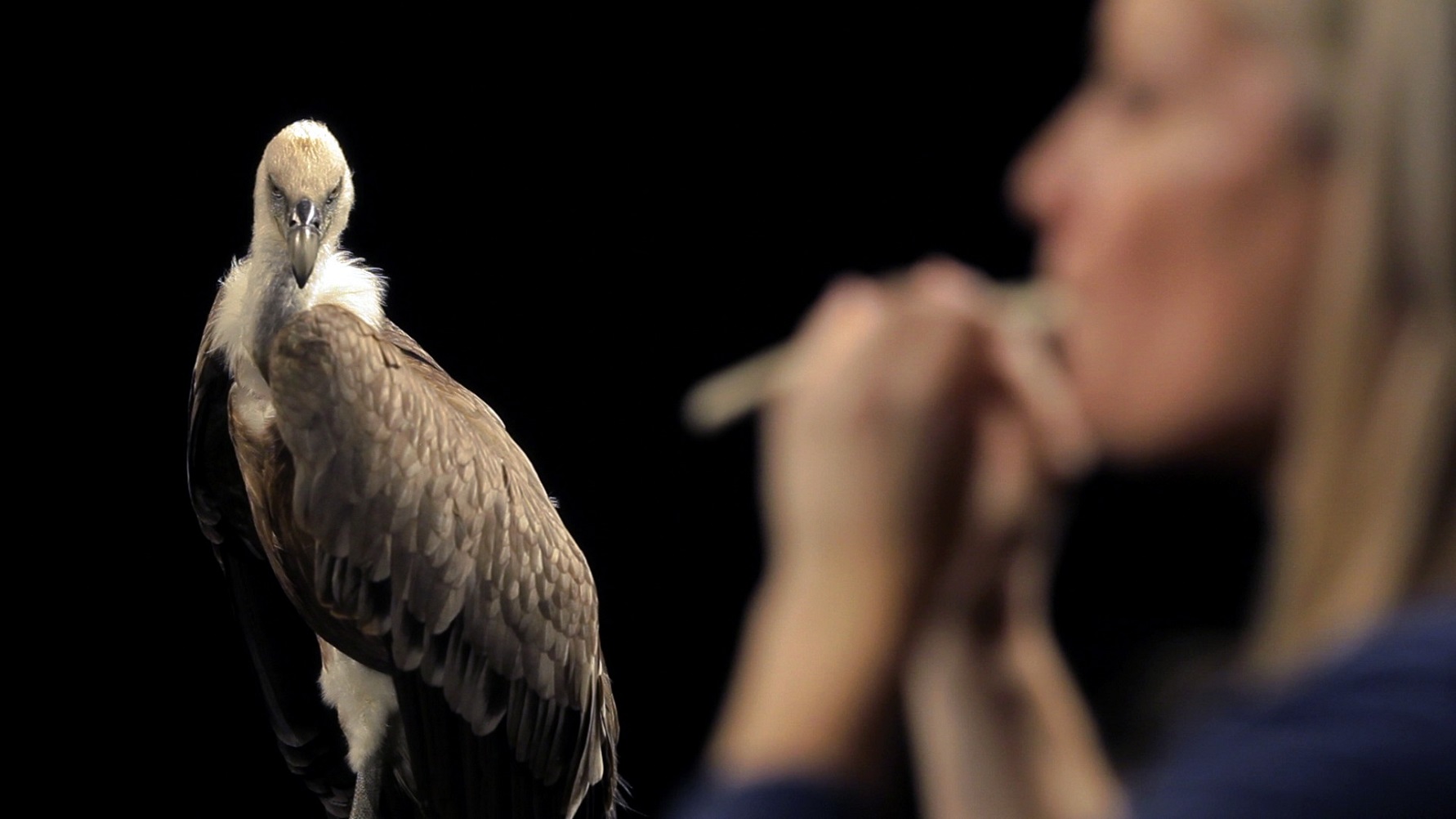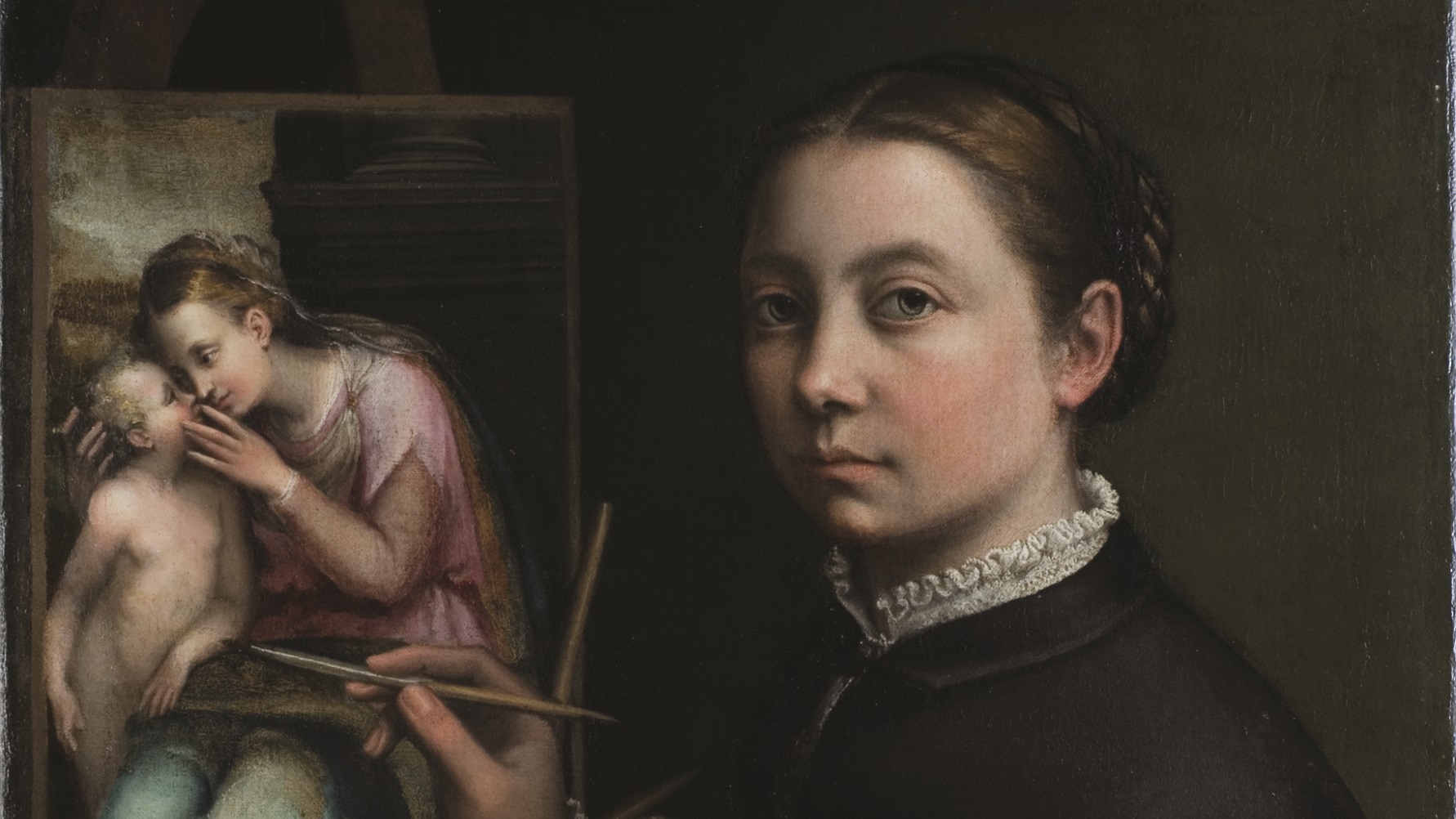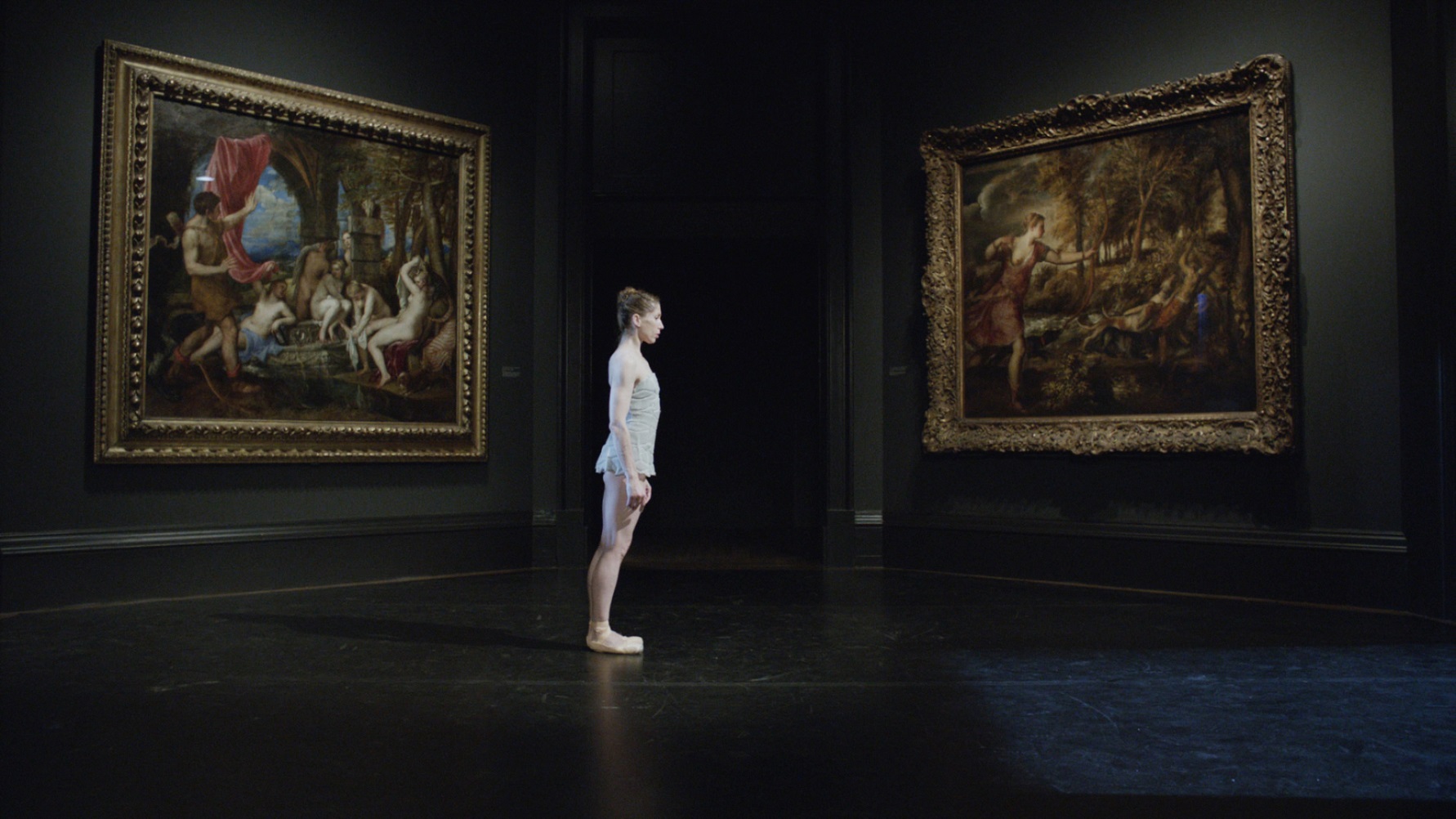Bob Duggan
Contributing Writer
Bob Duggan has Master’s Degrees in English Literature and Education and is not afraid to use them. Born and raised in Philadelphia, PA, he has always been fascinated by art and brings an informed amateur’s eye to the conversation.
If Flannery O’Connor somehow birthed the love child of Sid Vicious, she might end up sounding like novelist Nell Zink. Equal parts Southern Gothic’s grotesquely twisted charm and punk and alternative music’s insiderish anti-establishmentism, Zink’s second novel Mislaid will disorient you until you let it delight you. Zink’s mix — which I’ll call Southern Gothic Punk — might be an acquired taste, but a taste well worth experiencing if only to break out of the contemporary rut of MFA-programed, sound-alike fiction that’s become the bubblegum pop of today’s literature.
More than 20 years ago, the sitcom Seinfeld went “meta” and joked that it was “a show about nothing.” But 20 years before George Costanza’s epiphany, artist Richard Tuttle was staging shows about nothing featuring works such as Wire Piece (detail shown above) — a piece of florist wire nailed at either end to a wall marked with a penciled line. But, as Jerry concludes, there’s “something” in that “nothing.” A new retrospective of Tuttle’s art at the Fabric Workshop and Museum in Philadelphia, Both/And: Richard Tuttle Print and Cloth, dives into the depths, and widths, of this difficultly philosophical, yet compellingly simple artist who takes the everyday nothings of line, paper, and cloth to create extraordinary statements about the need to be mindful of the artful world all around us.
Few business buzzphrases draw as much interest (and ire) as “disruptive innovation.” Disrupt or die, the thinking goes. Old orders must make way for new. At the Barnes Foundation, home of Dr. Albert Barnes’ meticulously and idiosyncratically ordered collection of Impressionist and Post-Impressionist masterpieces left just so since his death in 1951, three artistic innovators aim at questioning and challenging Dr. Barnes’ old order. Mark Dion, Judy Pfaff, Fred Wilson: The Order of Things invites three award-winning, contemporary installation artists to disrupt the existing paradigm at the Barnes and assist us in seeing Dr. Barnes and his collection in a whole new way.
No matter how hard they try, comics never seem to be able to turn the genderist tide. As Jill Lepore points out, “They all look like porn stars.” Why do comics still get women heroes wrong?
When British archaeologist Leonard Woolley discovered in December 1927 the tomb of Puabi, the queen/priestess of the Sumerian city of Ur during the First Dynasty of Ur more than 4,000 years ago, the story rivaled that of Howard Carter’s discovery of Tutankhamun’s tomb in Egypt just five years earlier. “Magnificent with jewels,” as Woolley described it, Puabi’s tomb contained the bodies of dozens of attendants killed to accompany her in the afterlife — the ideal material for a headline-grabbing PR campaign that momentarily shouldered Tut out of the spotlight. A new exhibit at New York’s The Institute for the Study of the Ancient World titled From Ancient to Modern: Archaeology and Aesthetics puts Puabi back in the spotlight to examine how archaeology and aesthetics intersected, transforming ancient art into modern and making modern art strive to be ancient.
By the 1960s the two most criticized art forms in America were modern art and television. Some critics called modern art mystifying junk, while others targeted TV as anything from trash to a threat to democracy. Revolution of the Eye: Modern Art and the Birth of American Television at The Jewish Museum, New York, hopes to redeem both media by exploring how modern art provided an ethos and aesthetic for early television — a debt repaid later as television, in turn, inspired a new generation of modern artists, including Andy Warhol, who began as a modernist-influenced graphic designer for, among other clients, television networks. By looking back at modern art and television’s mutual love affair from the 1940s to the 1970s, Revolution of the Eye challenges us to reflect on the artistic aspirations of TV’s latest golden age.
With the May 1st grand opening to the public of its new building in Manhattan’s Meatpacking District, the Whitney Museum launches a new era not only in the New York City art scene, but also, possibly, in the very world of museums. Thanks to a Renzo Piano-designed new building built, as Whitney Director Adam D. Weinberg put it, “from the inside out” to serve the interests of the art and the patrons first, the new Whitney and its classic collection of American art stretching back to 1900 has drawn excited raves and exasperated rants from critics. Their inaugural exhibition, America Is Hard to See, gathers together long-loved classic works with rarely seen newcomers to create a paradox of old and new to mirror the many paradoxes of the American history the art embodies and critiques by turns. This shock of the new (and old) is the must-see art event of the year.
What do “Yesterday,” “Satisfaction,” “My Generation,” “The Sound of Silence,” “California Girls,” and “Like a Rolling Stone” all have in common? They were all hits in 1965, the year author Andrew Grant Jackson calls “the most revolutionary year in music.” In 1965: The Most Revolutionary Year in Music, Jackson weaves a fascinating narrative of how popular music and social change influenced one another to create a year memorable not only for great music, but also for great progress in American culture. In this whirlwind tour of multiple genres of music as well as multiple pressing political issues, Jackson states a compelling case for 1965 as a key turning point in American music and society as well as provides a mirror for how music and society interact today, 50 years later.
The forgotten aspects of art history will always be the most intriguing. Digging up the dead storylines of art history, whether in the distant or the recent past, will never end, mostly thanks to forces that buried the facts, if not the bodies, for whatever agenda. Artists and Prophets: A Secret History of Modern Art 1872-1972 at the Schirn Kunsthalle Frankfurt resurrects German visionaries and Jesus wannabes from the late 19th and early 20th centuries to look at how their exploits and artistic creations helped shape the course of German and European modern art. It also shines light on how the impact of those figures fell into obscurity as another casualty of the ideological war waged by that most unfortunately unforgettable of German messianic aspirants — Adolf Hitler.
American Impressionism’s often been seen as a pale copy of the French Impressionism that flowered in the late 19th century. Although American Impressionists early on copied their French counterparts (and even made pilgrimages to Monet’s Giverny garden and home), the exhibition The Artist’s Garden: American Impressionism and the Garden Movement, 1887–1920, at the Pennsylvania Academy of the Fine Arts through May 24, 2015, proves that American Impressionism quickly blossomed into something distinct—and distinctly American—by the turn of the 20th century. Capturing aesthetically a moment of contradictions as American nativism threatened to close borders while women’s suffrage struggled to open doors, The Artist’s Garden demonstrates the power of flowers to speak volumes about the American past, and present.
Of the many concepts of Judaism artist Mark Rothko took to heart, the idea of tikkun olam, Hebrew for “repairing the world,” penetrated the deepest. In Mark Rothko: Toward the Light in the Chapel, academic and a cultural historian Annie Cohen-Solal cuts to the heart of Rothko’s life and art and sheds new light on how both seemingly had to end at The Rothko Chapel (shown above), the Houston home of Rothko’s final works that he tragically didn’t live long enough to see himself. In this tightly focused new biography, Cohen-Solal shows us both how The Rothko Chapel culminates Rothko’s life-long mission to repair his world and how it continues to serve as a light of hope in our darkening world.
Few American cultural institutions stared as deep into the yawning, austerity-driven abyss of large-scale deaccessioning as The Detroit Institute of Arts. When the City of Detroit declared bankruptcy in 2013, vulturous creditors circled the DIA’s collection, estimated worth (depending on the estimator) of $400 million to over $800 million. Some experts see signs of a Detroit comeback, however, but one very visible sign is the new DIA exhibition Diego Rivera and Frida Kahlo in Detroit, a showcase of the city’s ties to Mexican artists Frida Kahlo and Diego Rivera as well as a tribute to Kahlo’s and Rivera’s own artistic comebacks. Few exhibitions truly capture the spirit of a city at a critical moment in its history, but Diego Rivera and Frida Kahlo in Detroit is a show of comebacks that will have you coming back for more.
The attack at the Bardo National Museum in Tunis, Tunisia, on March 18, 2015, was an attack on civilization itself. Not just Tunisian civilization or Western civilization or Islamic civilization or Christian civilization — ALL civilization. ISIS may not have been directly involved in the Tunisian attack, but its iconoclastic, its “year zero” philosophy certainly was present. The fact that these attackers targeted tourists seeking out ancient civilizations rather than the artifacts of those ancient civilizations makes this latest tragedy even more chilling. The Bardo National Museum attacks may one day emerge as the first battle in the ultimate fight for civilization’s survival.
It’s hard to remember a major show at a major American museum generating so much angst as Björk at The Museum of Modern Art, New York. Some arts sites quickly began aggregating art critics’ aggravation over almost every detail of the show. What began as art criticism evolved into a media lynching of the MoMA, American museums, and pandering-to-the-public curators (in this case, Klaus Biesenbach). New York art world critics, and husband-and-wife team, Jerry Saltz and Roberta Smith hated the show in different ways, but both connected to their love of Björk and her music. ArtNews’ M.H. Miller wins the poison pen prize, however, for coining the new critical term “starf@#king” to describe the MoMA’s treatment of Björk as much as its treatment of the viewing public. The question of whether Björk is good or not might really be a question of what Björk is really about.
While looking at Jean-Antoine Houdon’s portrait bust of Voltaire in the Louvre, sculptor Auguste Rodin remarked, “To tell the truth, there is no artistic work that requires as much penetrating insight as the bust and the portrait. … Such a work is the equivalent of a biography.” On a separate occasion, Rodin stated, “The resemblance that [the artist] should achieve is that of the soul. Only this matters.” A new, full-scale reinstallation at the Rodin Museum in Philadelphia, Pennsylvania, focuses on Rodin putting those words into practice in his own portrait busts. Known for his large-scale, full-bodied works such as The Kiss, Rodin imbued an equal amount of passion into his symbolic, soulful portraits of friends, lovers, and the famous.
In a 1977 interview with Glenn O’Brien for the marijuana lifestyle magazine High Times, O’Brien asked Andy Warhol if his teachers recognized his early “natural talent.” “Something like that,” Warhol responded with his characteristic unconventionality, “unnatural talent.” Warhol’s “unnatural talent” quip alluded not only to his mass-produced, machine-like paintings of soup cans and silk screen portraits, but also to his sexual orientation — the “unnatural” life of a homosexual. Just as Warhol turned that verbal double play, art scholar Michael Maizels tries to touch those two bases of Warhol’s art in “Doing It Yourself: Machines, Masturbation, and Andy Warhol” in the Fall 2014 issue of Art Journal. For Maizels, the way that Warhol made art reflected the way Warhol lived his life as a homosexual male in late 20th century America. When we look at Warhol’s art, Maizels suggests, we should see not just a critique of commercialized society and its art, but also a critique of that same society’s sexual tolerance.
Ever since American Commodore Matthew C. Perry sailed into Uraga Harbor near Edo (the earlier name for Tokyo) on July 8, 1853, ending the isolationist policy of sakoku and “opening” (willingly or not) Japan to the West, “the Land of the Rising Sun” and its culture have fascinated Westerners. Yet, despite this fascination, true understanding of that history remains elusive. A new exhibition at the Philadelphia Museum of Art, Ink and Gold: Art of the Kano builds a cultural bridge for Westerners to Japan’s heritage through the art of the “Kano School,” a family of painters to the powerful who influenced all of Japanese art from the 15th to the late 19th century. Combining the sumptuousness of golden artworks with the compelling story of their makers, Ink and Gold: Art of the Kano offers the key to unlocking the mystery of Japan through the art of the Kano.
Half a millennium later, you would think the Italian Renaissance could hold no more secrets from us, no “codes” to decipher. And, yet, secrets hiding in plain sight continue to startle modern audiences with the depth and breadth of that amazing era. One of the well-kept secrets, at least until now, was the work of Piero di Cosimo, subject of his first major retrospective, Piero di Cosimo: The Poetry of Painting in Renaissance Florence at the National Gallery of Art, Washington, DC. Called “a madman” for his personal and artistic quirks by Renaissance chronicler Giorgio Vasari, Piero’s ability to paint in multiple genres all with a dizzying amount of detail may have seemed madness to contemporaries, but appeals to modern audiences conditioned for such visual assaults. There may have been a method to Piero di Cosimo’s madness after all.
“They f**k you up, your mum and dad,” poet Philip Larkin wrote in the late work “This Be the Verse.” “They may not mean to, but they do./ They fill you with the faults they had/ And add some extra, just for you.” Larkin kidded that those lines would be his best remembered, a guess not too far off 30 years after his death. Where others see in those lines a perfect portrait of the sour, sad curmudgeon poet, in the new biography Philip Larkin: Life, Art and Love, James Booth sees something different. “The poem’s sentiment is sad, but the poem is full of jouissance,” Booth argues. “This must bid fair to be the funniest serious English poem of the 20th century.” Likewise, Larkin — target of posthumous charges of racism, misogyny, and assorted cruelties — could lay claim to being the “funniest serious” English poet of the 20th century. Booth, who knew and worked with Larkin, shows the sweet, happy side of the sour, sad poet and makes a strong case for learning to love Larkin again, if not for the first time.
On February 8, 1915, at Clune’s Auditorium in Los Angeles, California, D. W. Griffith’s Birth of a Nation premiered. The fledgling art form of film would never be the same, especially in America, which even half a century after the end of the Civil War struggled to come to terms with race. Now, a century after Birth of a Nation’s premier, America still struggles not only with race, but also with how race plays out on the silver screen. For good and ill, Birth of a Nation marks the beginning of the first 100 years of the American Cinema—epically beautiful, yet often racially ugly.
In a world where the future of seemingly everything is online, museums — those repositories of the past — seem to resist the internet’s full digital embrace. It’s a question that’s increasingly crossed my mind thanks to a series of unrelated stories that share two common questions — how do people use museums now and how will they in the future? For every digital breakthrough enticing us to step on the virtual gas comes a cautionary tale reminding us to pump those virtual brakes. Ultimately, the online revolution is coming to museums, but is the future of museums really online?
While advanced math and Shakespeare combine to make a nightmare curriculum for some students, for artist Man Ray, one of the most intriguing minds of 20th century art, they were “such stuff as dreams are made on,” or at least art could be made from. A new exhibition at The Phillips Collection reunites the objects and photographs with the suite of paintings they inspired Man Ray to create and title Shakespearean Equations. Man Ray—Human Equations: A Journey from Mathematics to Shakespeare traces the artist’s travels between disciplines, between war-torn continents, and between media that became not only a journey from arithmetic to the Bard, but also a journey of artistic self-discovery.
When the Philadelphia Museum of Art purchased Henry Ossawa Tanner’s painting The Annunciation in 1899, they became the first American museum to acquire a work by an African-American artist. That purchase announced a new era of recognition of African-American art and artists just as much as the painting itself announced a new style of art moving away from stereotypical “black” scenes towards a freedom of aesthetic choice. Persons of color could express themselves in any way, even abstraction, but faced the new problem of remaining true to themselves at the same time. The new exhibition Represent: 200 Years of African American Art and accompanying catalogue show how these artists faced the challenges posed to them by art and society and provide all of us with a fascinating guide to facing African-American history—tragic, tenacious, transcendent—through its art.
What does football really teach us? In “Why Football Matters: My Education in the Game,” author Mark Edmundson recounts his own high school football experience from the perspective of age and asks that very same question in a nuanced, clear-eyed way that might make you think twice about why we love football so much and what that love may be doing to us and our children.
If Mona Lisa is the smile, Madame Cézanne is the scowl. Hortense Fiquet, Paul Cézanne’s model turned mistress turned mother of his child turned metaphorical millstone around his neck, endures as a standard art history punch line—the muse whose misery won immortality through the many masterpiece portraits done of her. Or at least that’s how the joke usually goes. The Metropolitan Museum of Art’s current exhibition Madame Cézanne, which gathers together 24 of the 29 known portraits Cézanne painted of Hortense over a period of more than 20 years, tries to rewrite that joke as it hopes to solve the riddle of Madame Cézanne, aka, The Case of the Miserable Muse.
Whereas European countries were once able to tap into their history for subjects for opera, America’s never succeeded in doing the same. That problem comes in part from the decline in opera as a popular, public art form, but also perhaps from the lack of operatically epic subjects to be found in American history. Now, composer David T. Little hopes to create a modern American opera with JFK, a 2-act, 2-hour opera focusing on the life of President John F. Kennedy, whose life and death became defining moments not only for the Baby Boom generation, but also, many would suggest, the hinge upon which all American history turns for the last half century. Set to premier in 2016, JFK as a work-in-progress already raises important questions about how opera (and art in general) can approach history.
Imagine standing in a bare room in which a small, 4-billion-year-old rock hangs from the ceiling by a thin wire as three vocalists whistle and breathe on it to make it swing. For some people, such a scenario might be the nightmare version of contemporary art run amok, so far “out there” that it’s never coming back.
Christmas may be Jesus’ “birthday,” but, as any mother will tell you, his mother Mary really deserves the applause. Providing the humanity half to join with Christ’s divine side, Mary volunteered to play a part from the Incarnation to the Crucifixion to the Resurrection as everything from an active participant to an interested bystander, depending on your interpretation of Christian scripture.
For many people, art museums feel like a foreboding foreign nation with a language all its own. Frederick Wiseman’s new documentary, National Gallery, offers an immersion class in how to speak fluent “museum.”
On October 3, 1948, at 3:50 pm, Peter Blume finished his epic painting, years in the making, titled The Rock (shown above). “After a turbulent decade in which Peter Blume embarked on false starts, endured debilitating anxiety, experienced self-doubt, and found his faith in the creative process renewed,” Robert Cozzolino writes in the catalog to the new exhibition Peter Blume: Nature and Metamorphosis, finishing The Rock must have been a great relief. Blume recorded that date and time the way many record the birth of their children, for The Rock was his precious baby, but completing it marked a rebirth of sorts for Blume as a different kind of artist. Shaped by political and artistic currents of the first half of the 20th century, Blume emerges as a difficult to categorize artist, but also as a fascinating visionary who struggled to paint a personal reality clinging to the foundation of hope.
